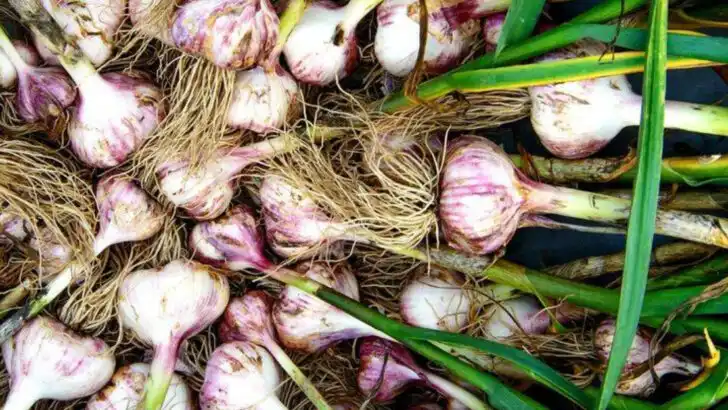You don’t need to buy seeds or seedlings to grow a thriving garden—just take a look in your trash. Seriously. So many common vegetables and herbs can be regrown right from the bits you usually toss. Think onion ends, celery bases, or even that half-forgotten potato sprouting in the cupboard. With a little water and patience, your kitchen scraps can turn into full-grown plants—for free.
This list is packed with 19 everyday kitchen leftovers that love a second life in the garden. No fancy setup needed—just a jar, a windowsill, and a little curiosity. Whether you’re short on time, money, or space, these plants are proof that you already have everything you need to grow food at home.
Perfect for beginners, DIY lovers, or anyone who hates wasting food, this is gardening at its most fun, frugal, and foolproof.
Green Onions
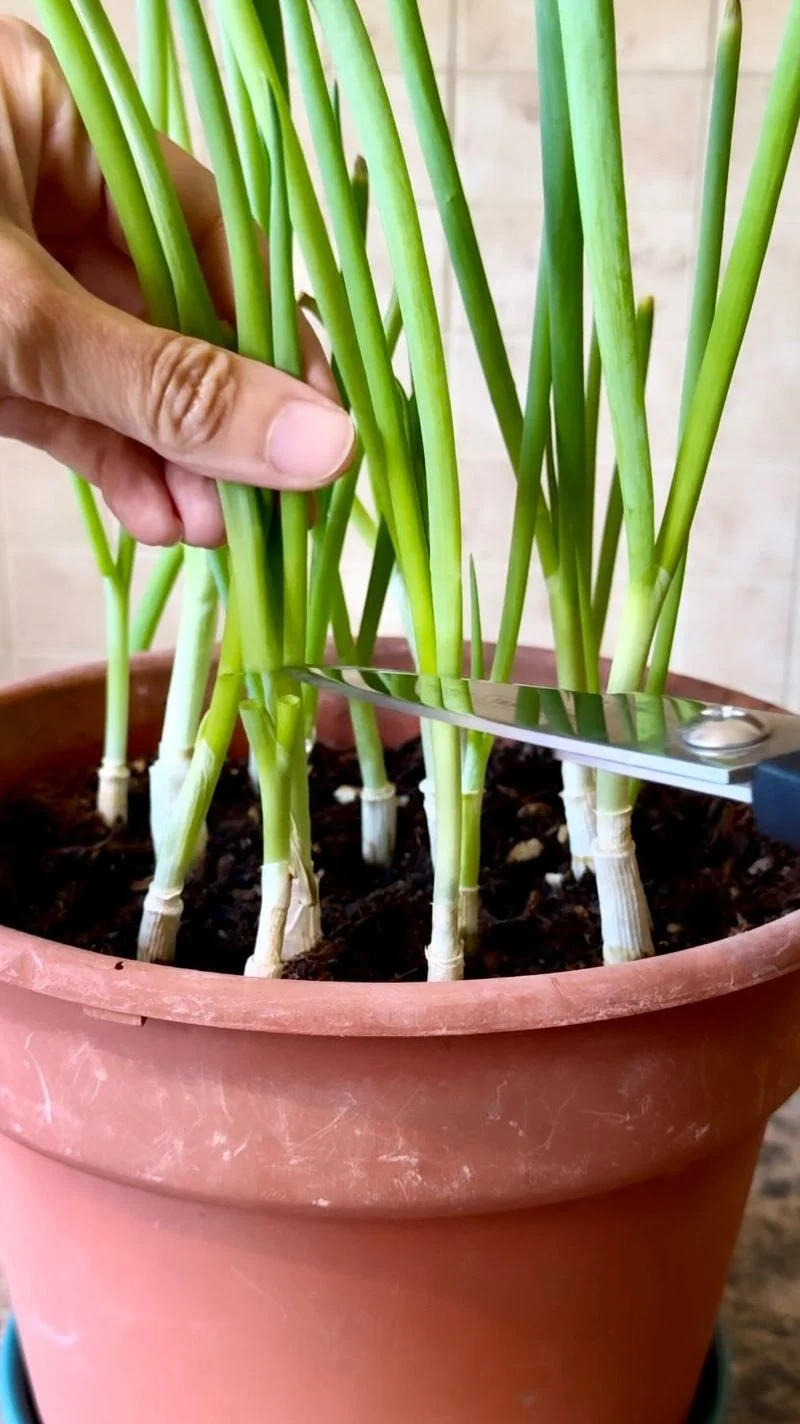
Green onions are the gift that keeps on giving. A staple in many dishes, they can easily regrow from the white root ends. Simply place them in a glass with water and watch them sprout new green shoots within days. This quick transformation not only saves money but also ensures you always have a fresh supply on hand. The joy of snipping fresh greens from your windowsill is unparalleled. Intriguingly, green onions can be harvested multiple times, making them a favorite among resourceful cooks.
Celery
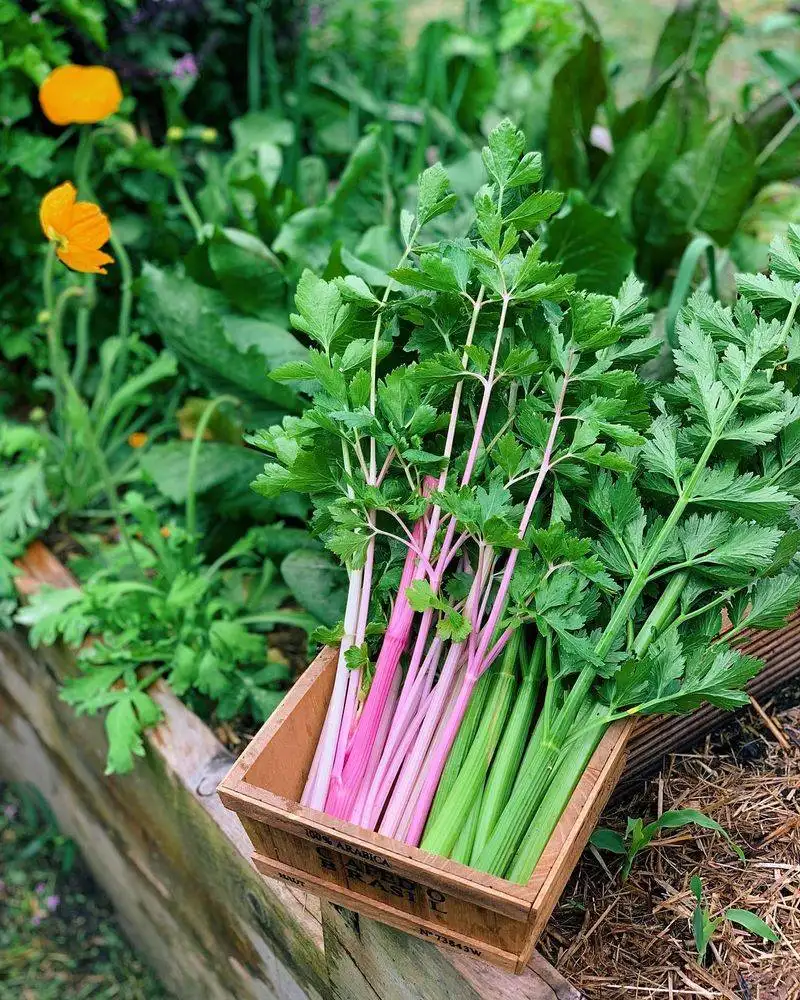
Celery’s crisp stalks are essential in cooking, and the good news is they can regrow from the base. Immerse the root end in water and witness the magic as new stalks emerge. Perfect for salads and soups, this process is both economical and satisfying. Celery’s regrowth highlights the resilience of nature, turning waste into a valuable resource. Besides, the bright green sprigs add a dash of color to any kitchen setting. Embrace this sustainable practice and enjoy endless celery harvests.
Lettuce
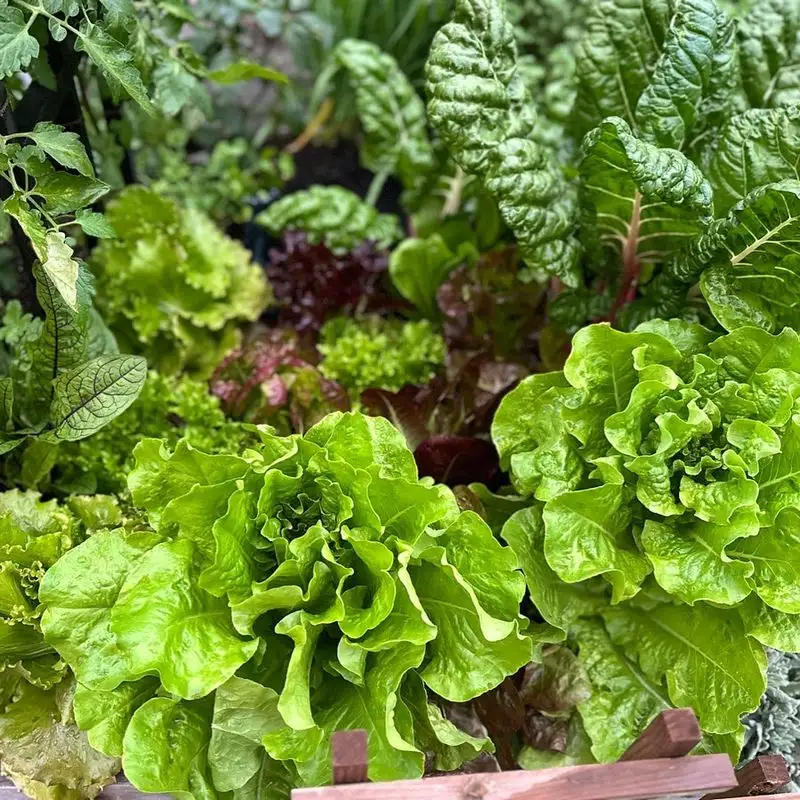
Lettuce, a salad superstar, offers an easy regrowth method. Start by placing the stem base in a shallow dish of water, and soon you’ll notice new leaves sprouting. This not only stretches your grocery budget but also provides a continuous source of fresh greens. The simplicity of watching lettuce regenerate can be a delightful introduction to gardening for children. Plus, it’s a fantastic way to reduce kitchen waste while keeping your salads crisp and fresh.
Carrot Tops
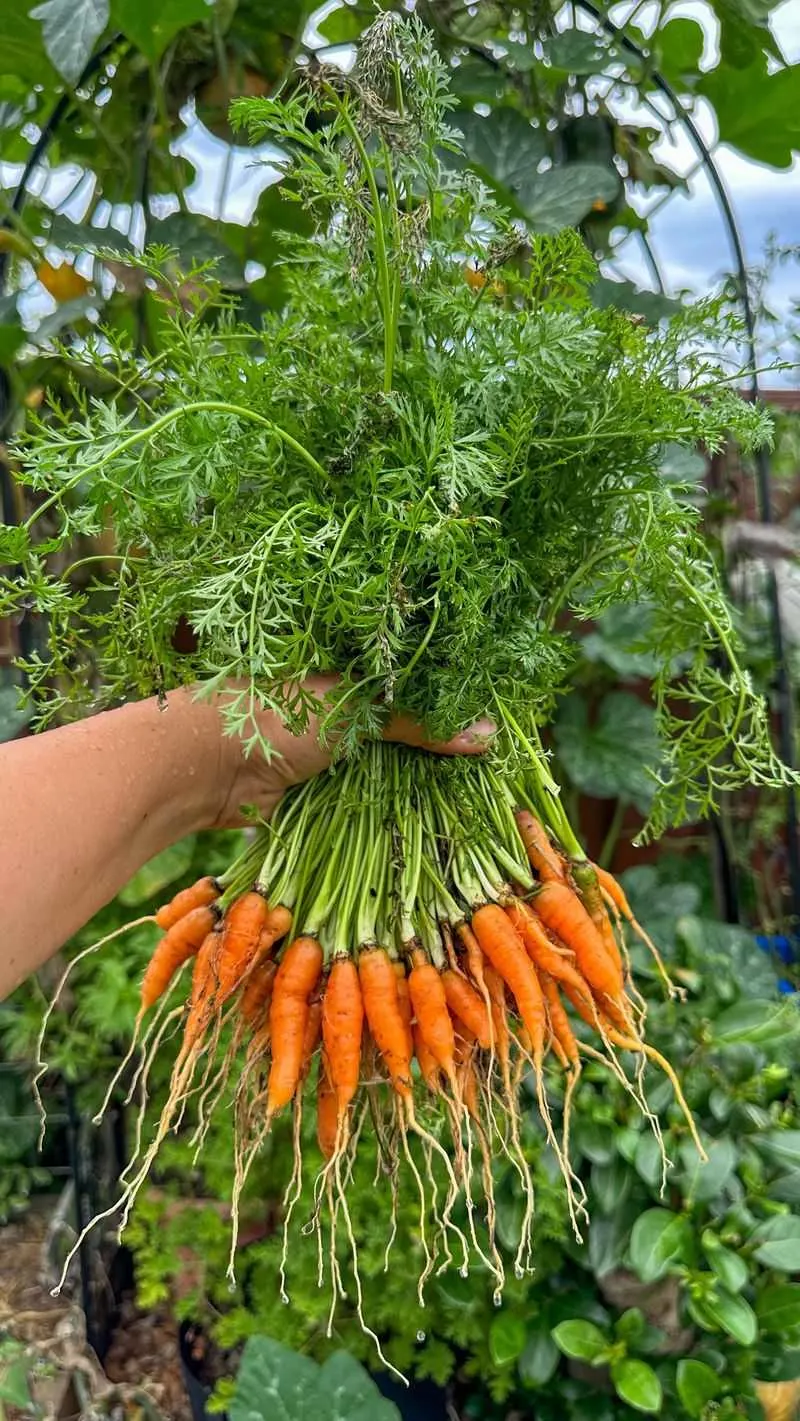
Carrot tops may not regrow full carrots, but their leafy greens are a treasure. Place the tops in a dish of water, and in no time, you’ll have a lush green display. These greens are not just for show; they’re edible too, adding flavor to soups and salads. Their quick growth serves as a reminder of nature’s resilience and creativity. Carrot tops, often discarded, can become a beautiful and useful addition to your kitchen garden.
Garlic

Garlic, known for its robust flavor, can regrow from a single clove. Plant it in soil with the pointed end up, and soon you’ll see green shoots emerging. This process is not only rewarding but also ensures a steady supply of garlic for your culinary needs. The transformation from clove to bulb showcases the power of regeneration. Moreover, fresh garlic greens can be used like chives, adding a mild garlic flavor to dishes.
Potatoes
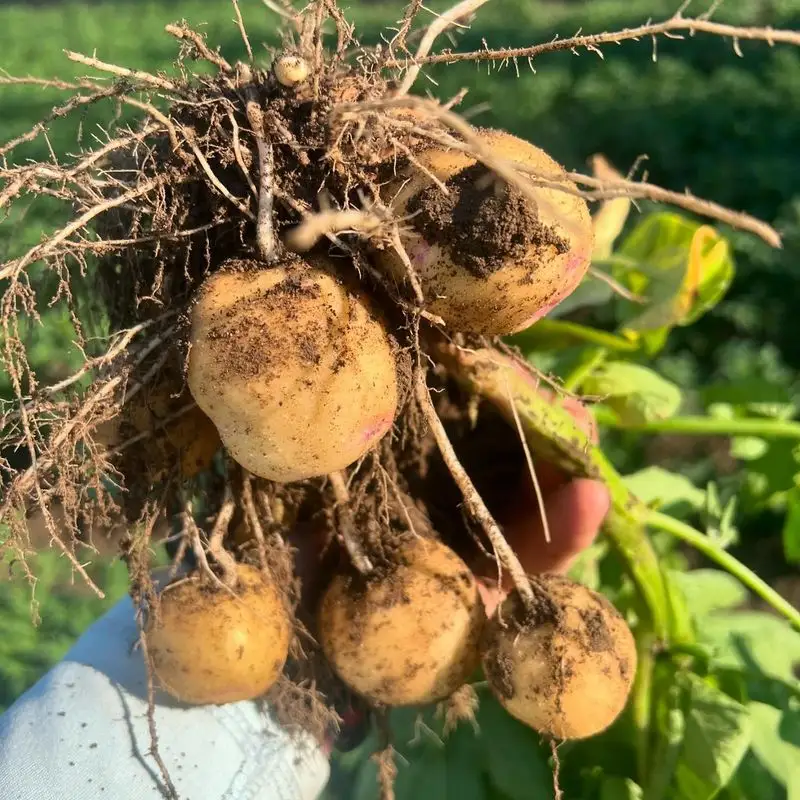
Potatoes are a kitchen staple that can easily regrow from their eyes. Allow sprouts to form, then plant them in soil. With a bit of patience, you’ll have a new crop ready for harvest. This cycle of growth not only saves money but also provides a sense of accomplishment. The earthy aroma of homegrown potatoes is incomparable. By embracing this practice, you’re participating in a tradition that turns humble scraps into a nourishing harvest.
Ginger
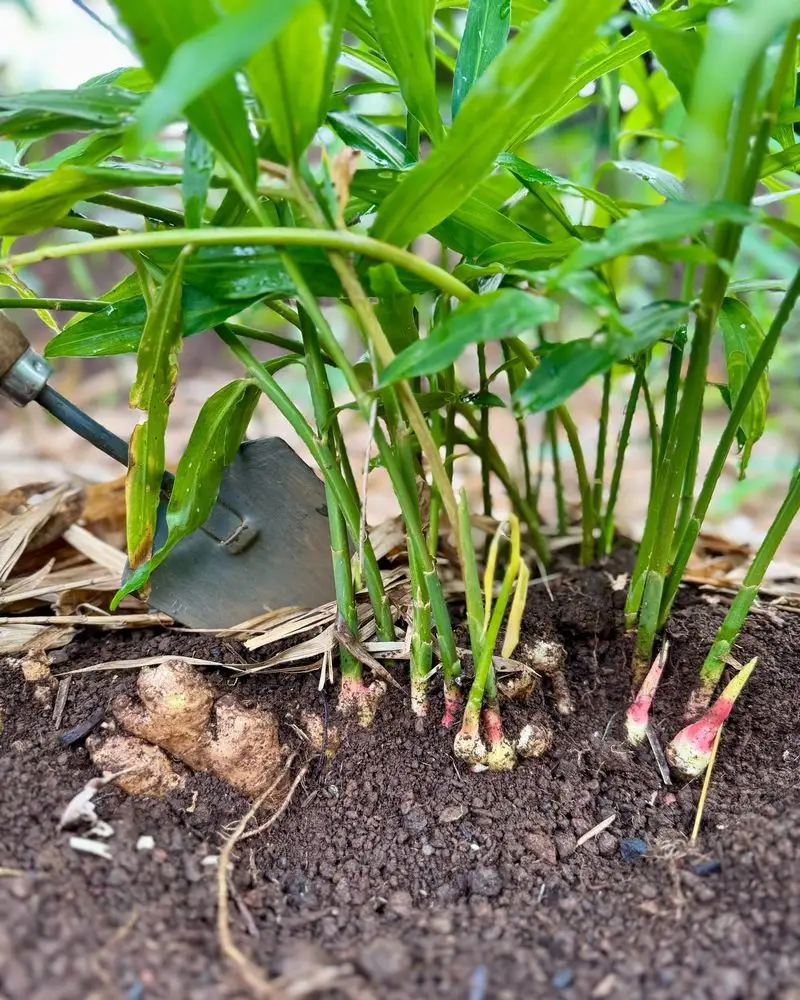
Ginger, with its spicy zest, can be regrown from a small piece. Place it in soil with the buds facing up, and let nature do its work. The new shoots will soon appear, providing fresh ginger for teas and recipes. This practice not only elevates your culinary endeavors but also connects you to ancient traditions. Growing ginger at home brings a touch of the exotic to your kitchen, turning a simple root into a symbol of regeneration and sustainability.
Pineapple
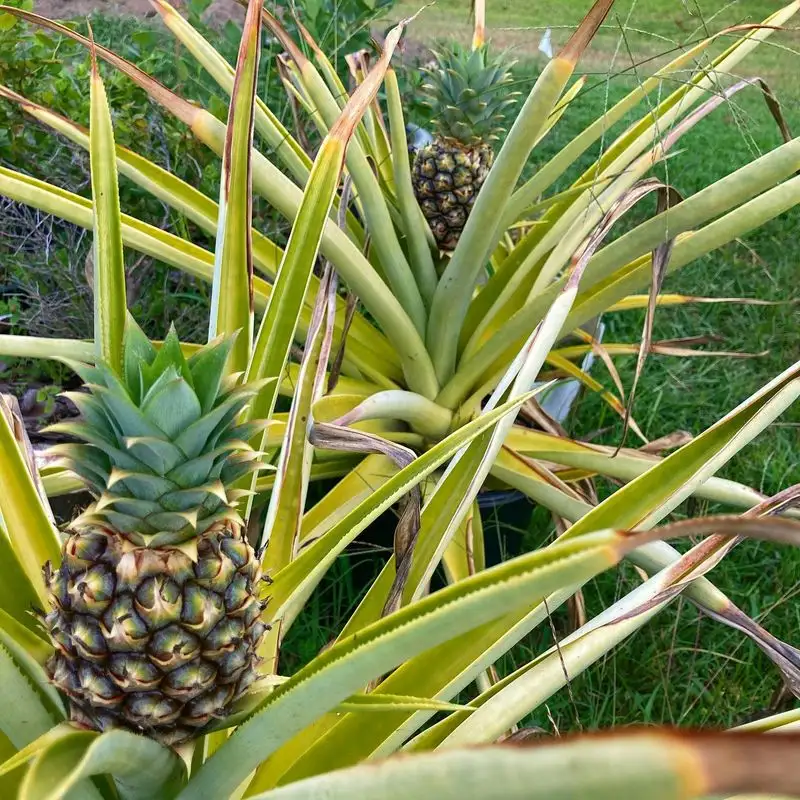
Pineapples, though tropical, can be grown from their tops with a little patience. Remove the crown and let it dry before planting in soil. In time, this will develop into a new plant, showcasing the wonders of nature. While waiting for fruit can be lengthy, the ornamental beauty of pineapple plants adds a unique touch to gardens. This endeavor reflects a commitment to sustainability and creativity, transforming kitchen waste into a fruitful outcome.
Basil
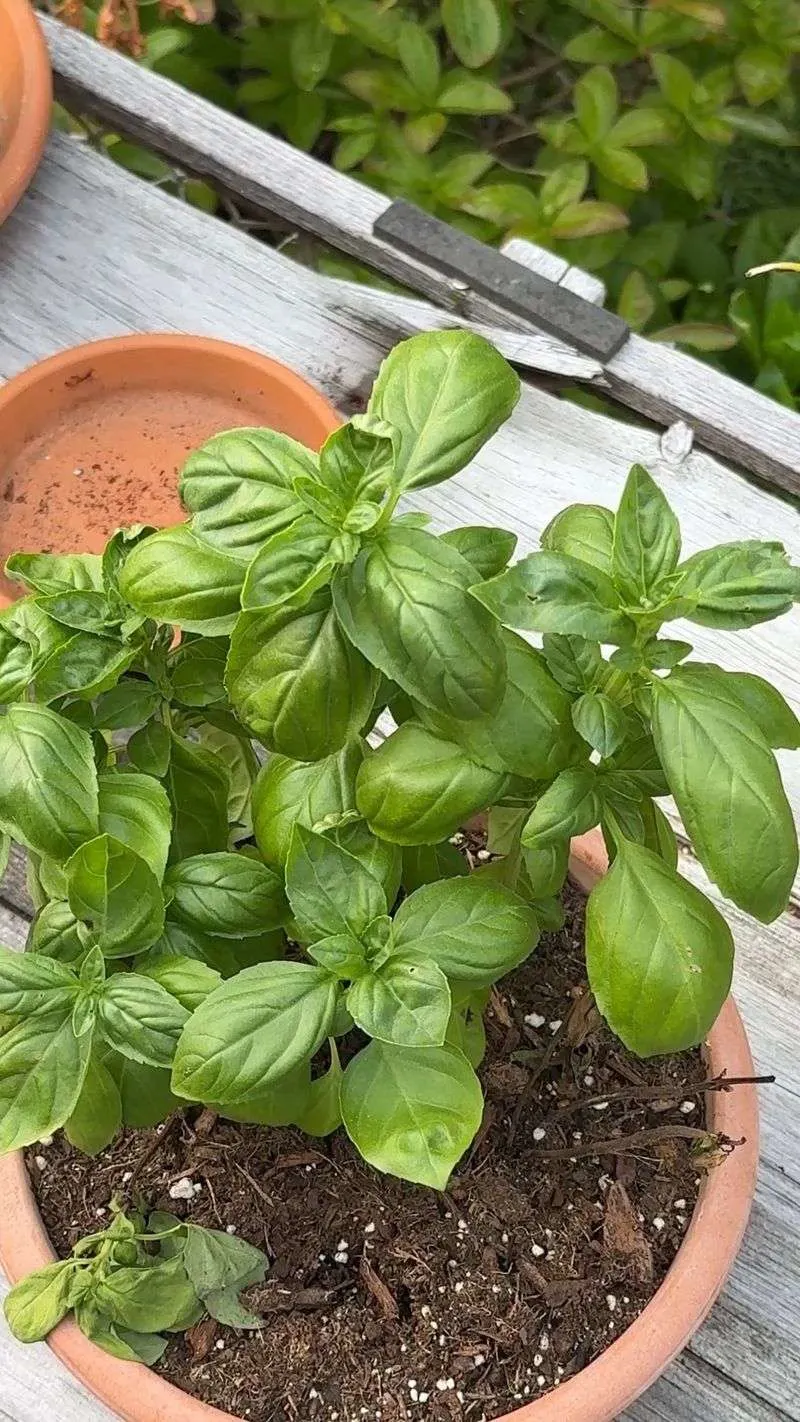
Basil, a beloved herb, can regrow from cuttings. Place a stem in water, and soon roots will develop, ready for planting in soil. This method offers a continual supply of fresh herbs, enhancing your culinary creations. The aroma of basil fills the air, turning any kitchen into a fragrant haven. Its regrowth is a testament to nature’s generosity, providing endless possibilities for cooking and garnishing. Embrace this simple practice to enjoy basil’s vibrant flavor all year round.
Sweet Potatoes
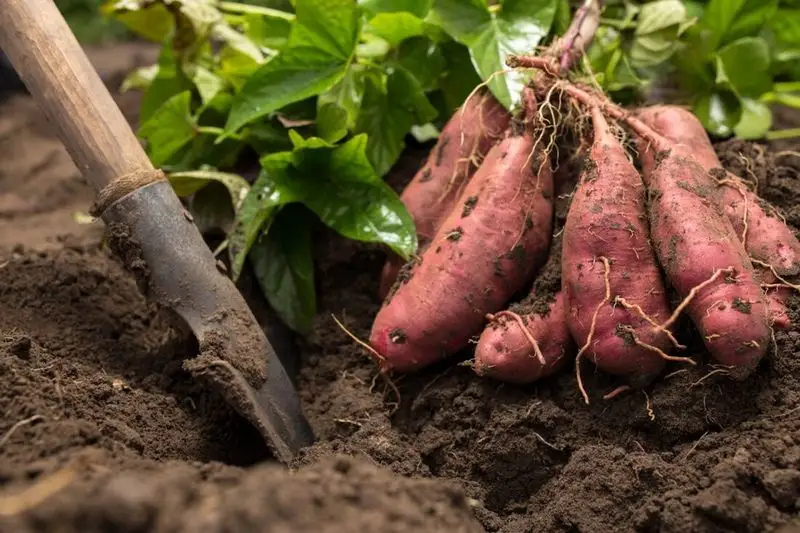
Sweet potatoes offer an exciting regrowth journey. Place them in water, and watch as vines begin to sprout. These vines can then be planted in soil, producing new tubers over time. This process not only saves money but also encourages a deeper connection with the food you consume. The transformation from a simple tuber to a flourishing plant is truly remarkable. Sweet potatoes symbolize abundance and the cycle of life, perfect for those looking to enrich their gardening experience.
Avocado
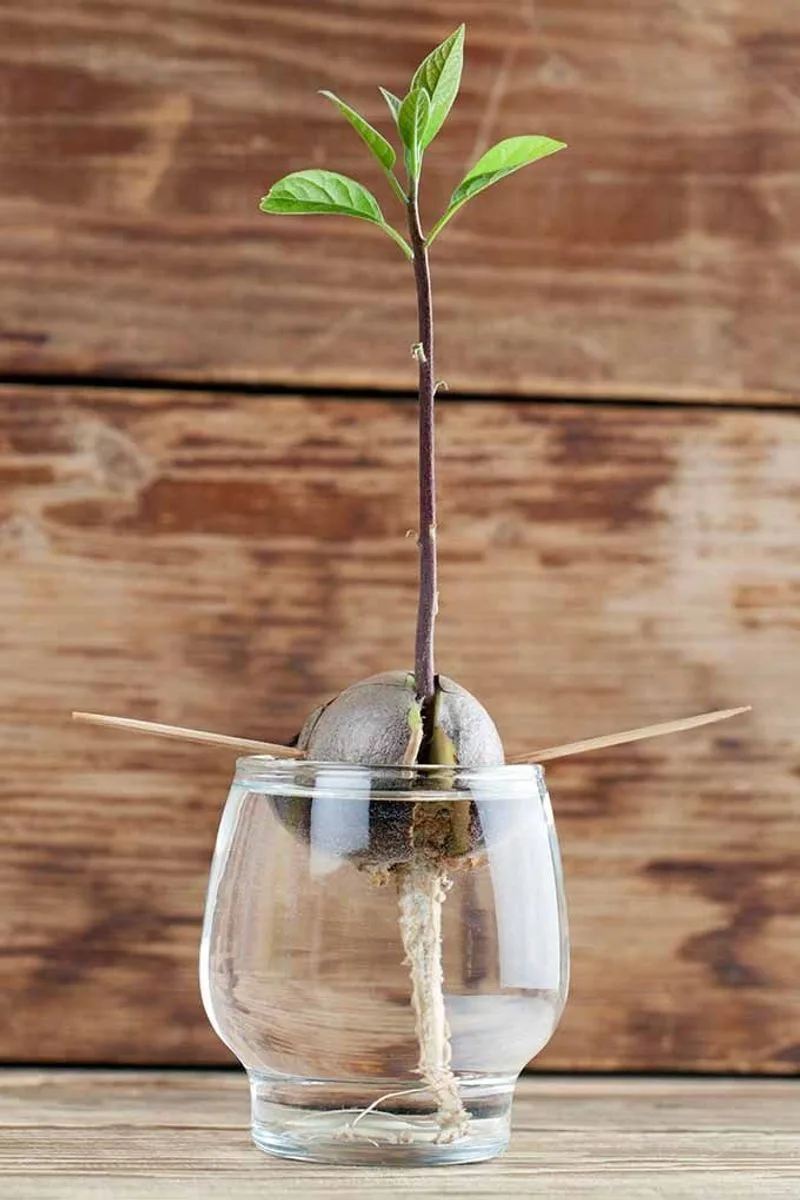
Avocados, a staple of modern cuisine, can be regrown from their pits. Suspend a pit in a glass of water, and with patience, roots and shoots will appear. This experiment delights both adults and children, turning a simple kitchen task into a learning experience. Avocados symbolize growth and potential, offering a glimpse into the wonders of nature. Though the wait for fruit is long, the decorative appeal of avocado plants makes the journey worthwhile.
Mint

Mint, with its refreshing scent, can regrow from cuttings. Place a sprig in water, and soon roots will form, ready for planting. This ensures a constant supply of mint, perfect for teas and desserts. The vibrant green leaves bring a touch of nature indoors, creating a soothing ambiance. Mint’s regrowth is an invitation to experiment with flavors and aromas, adding zest to everyday life. Embrace the simplicity of growing mint and enjoy its invigorating presence.
Leeks
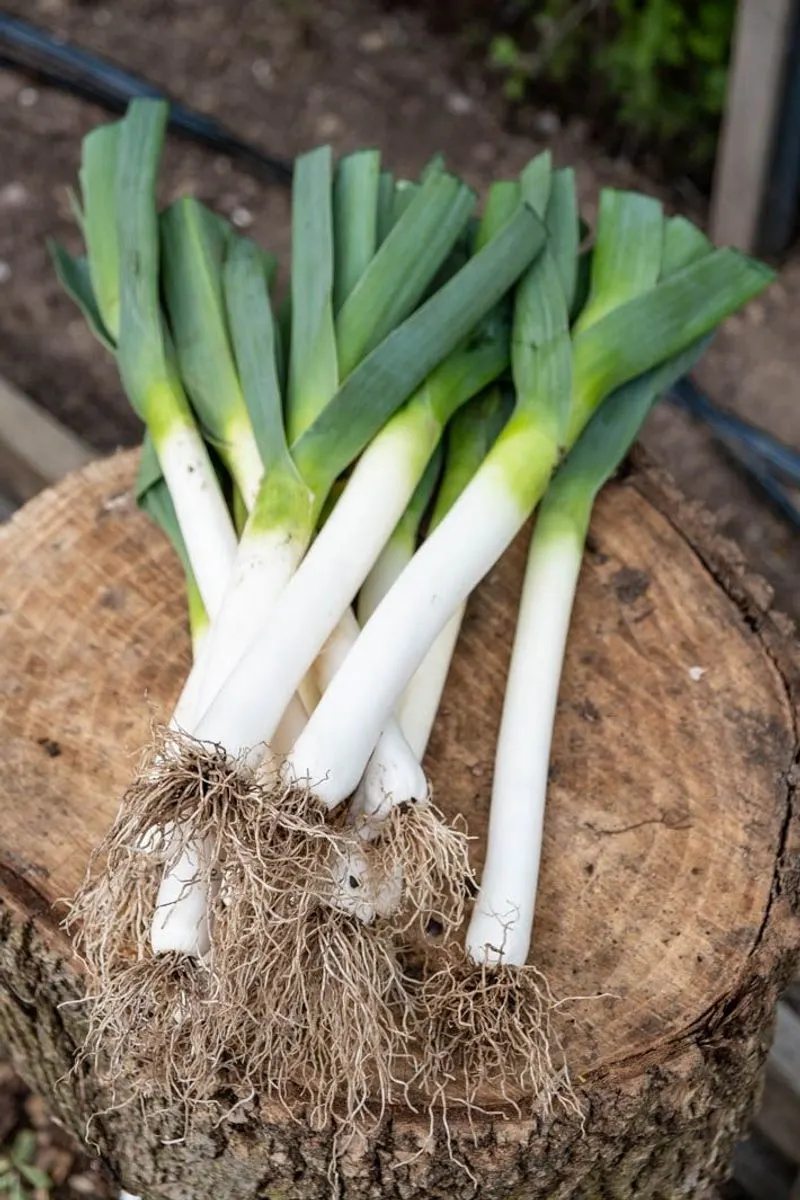
Leeks, a culinary favorite, can be regrown from their root ends. Submerge the base in water, and within days, new shoots will appear. This not only extends their use but also adds an element of nature to your kitchen. Leeks’ regrowth is a simple yet effective way to reduce waste and enjoy fresh ingredients. The subtle onion-like flavor enhances many dishes, making leeks a versatile addition to any garden. Discover the joy of nurturing leeks from scraps.
Peppers

Peppers, with their vibrant colors, can be grown from seeds. Plant the seeds in soil and watch them turn into thriving plants. The journey from seed to full-grown pepper is both educational and rewarding. This process saves money and adds a splash of color to any garden. Fresh peppers bring flavor and excitement to meals, making them a must-have for home gardeners. Delve into the world of peppers and experience the satisfaction of growing your own produce.
Onions
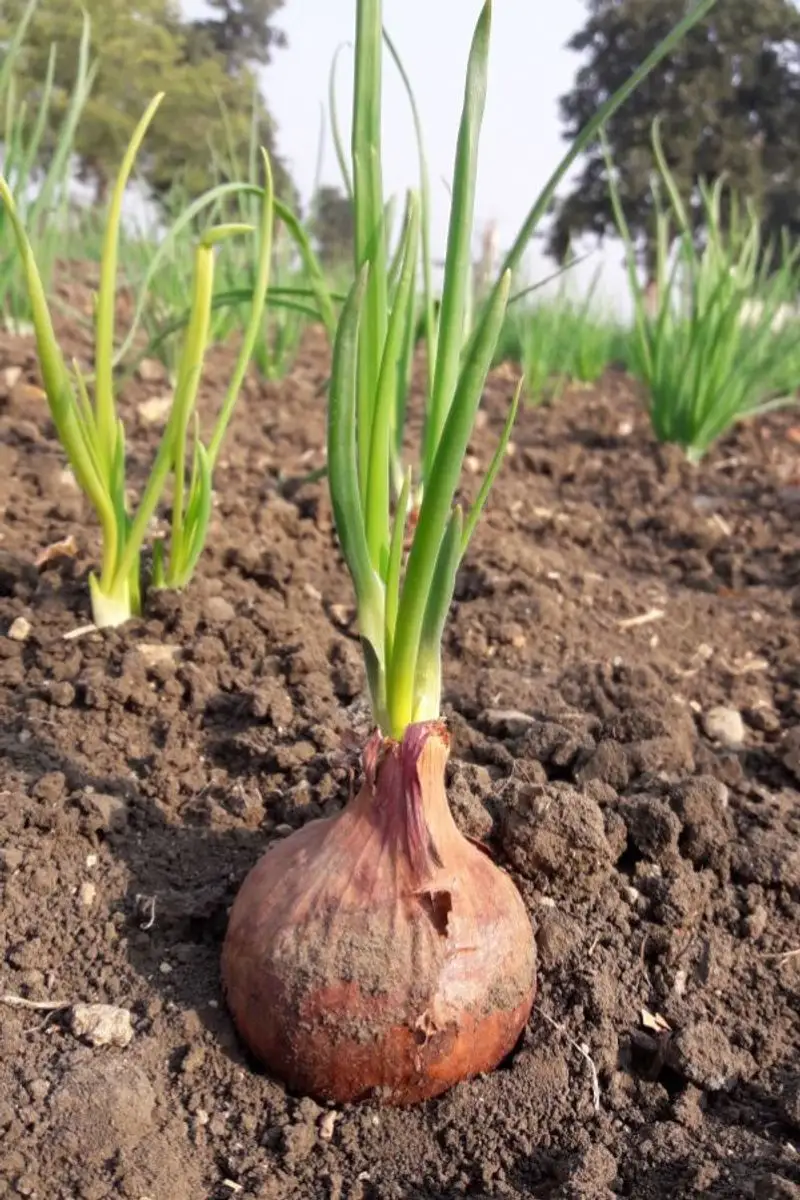
Onions, a culinary essential, can regrow from bulbs. Plant the bulb with green shoots in soil, and new onions will develop. This method ensures a continuous supply of fresh onions, ideal for enhancing any dish. The growth of onions from scraps highlights the potential within every kitchen. Their robust flavor and versatility make onions a staple in cooking, and growing your own adds a personal touch to meals. Experience the satisfaction of harvesting homegrown onions.
Fennel
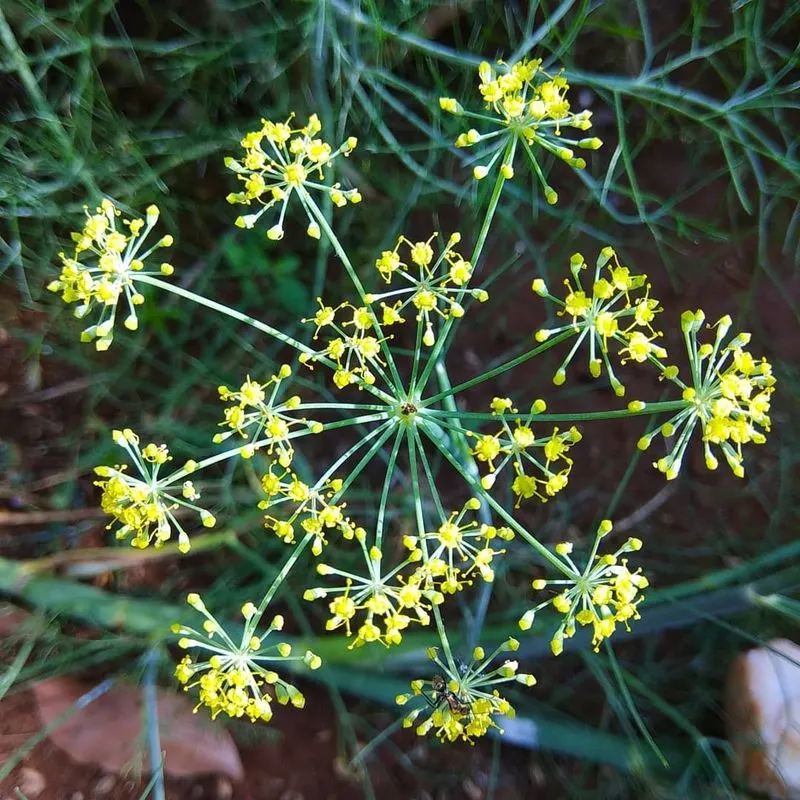
Fennel, known for its aromatic anise flavor, can regrow from its base. Place the bulb in water, and watch as new fronds appear. This practice not only reduces waste but also provides fresh fennel for culinary use. The delicate fronds add an elegant touch to dishes, while the regrowth process connects you to the rhythms of nature. Growing fennel from scraps is a rewarding endeavor, offering both beauty and utility to your kitchen garden.
Cilantro
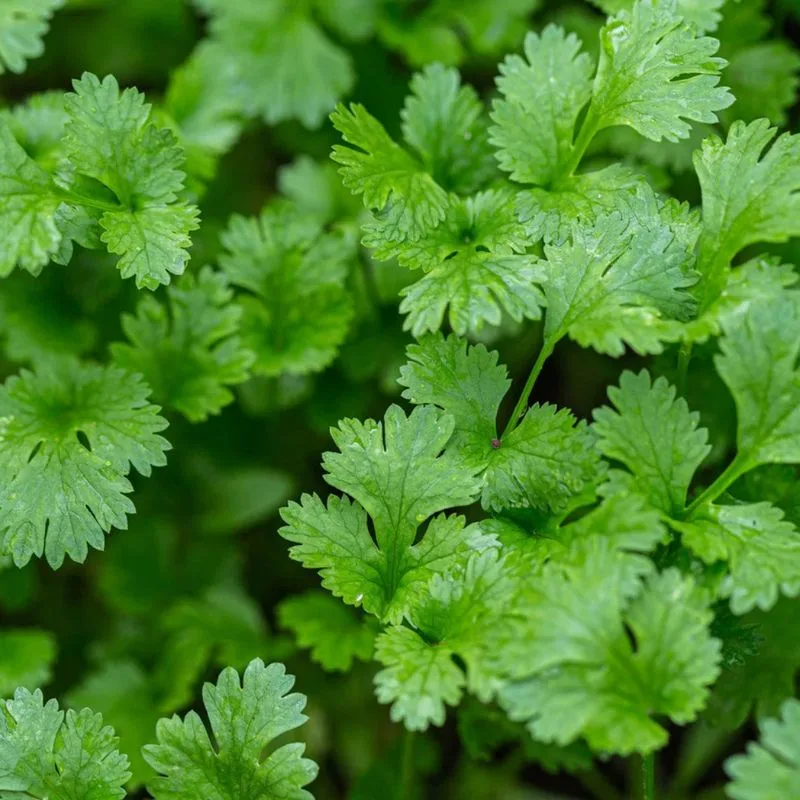
Cilantro, with its bold flavor, can regrow from cuttings. Place the stems in water to root, then transfer to soil for continual harvests. This method ensures a ready supply of fresh cilantro, perfect for salsas and garnishes. The vibrant aroma fills the space, bringing life to your kitchen. Cilantro’s regrowth symbolizes renewal and creativity, inviting you to explore new culinary horizons. Enjoy the satisfaction of growing this versatile herb from simple scraps.
Turnips
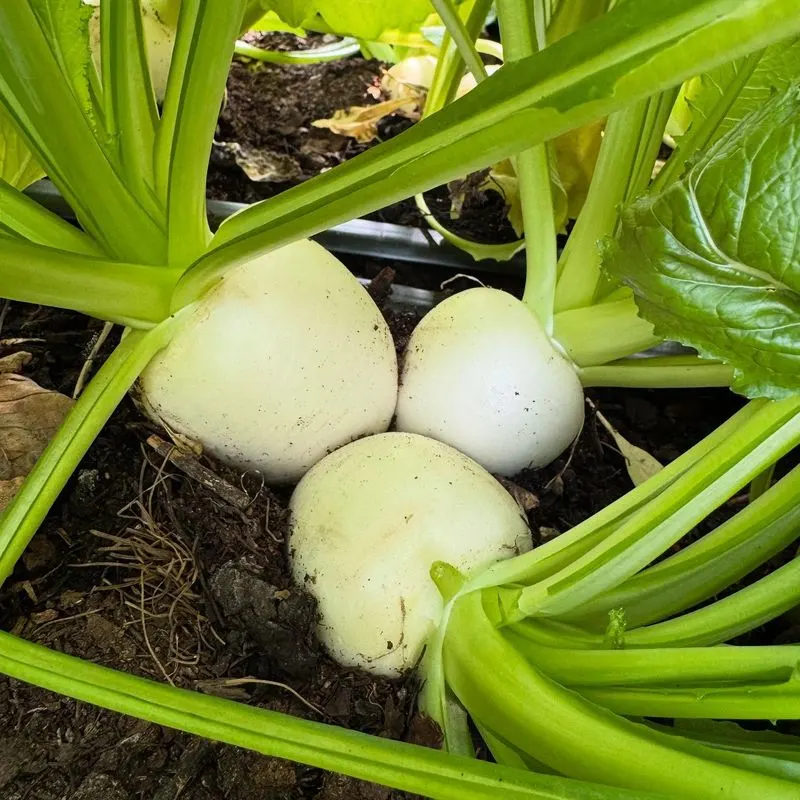
Turnips, with their peppery greens, can regrow from their tops. Place cut tops in a dish of water, and soon new shoots will emerge. While the root won’t regrow, the greens are nutritious and flavorful. This process highlights the cycle of growth and regeneration. Turnip greens add zest to salads and stir-fries, making them a valuable addition to your kitchen. Embrace the potential of turnip tops to enhance your gardening and culinary adventures.
Romaine Lettuce
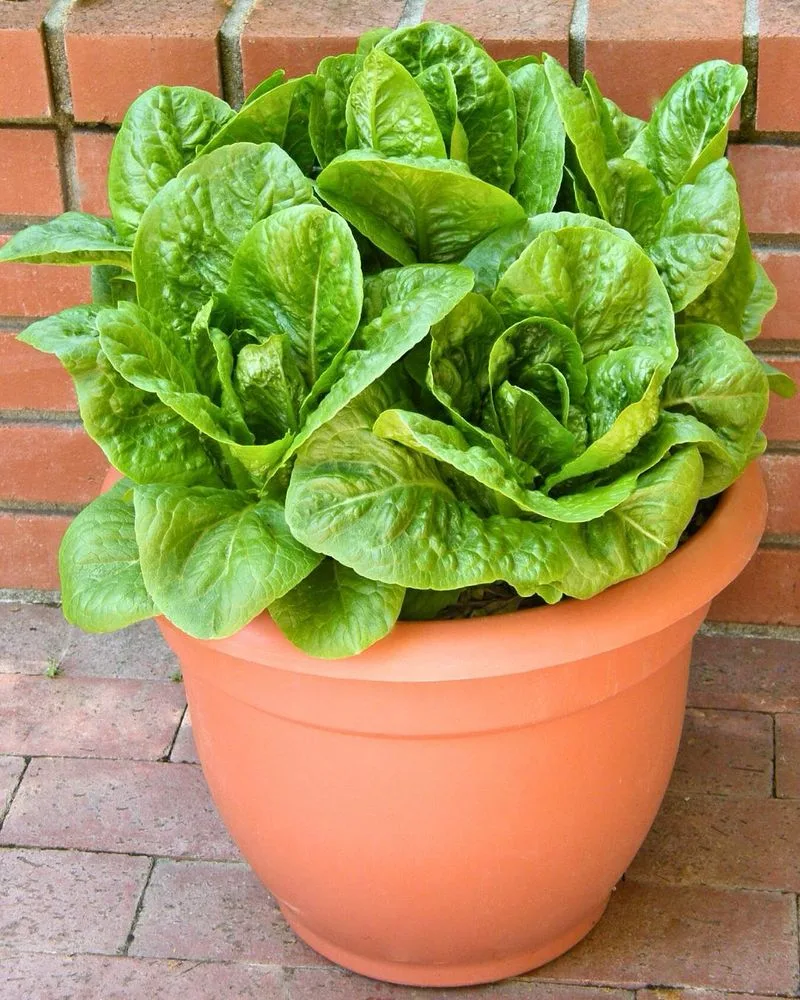
Romaine lettuce offers an easy way to regrow fresh leaves. Submerge the base in water and watch new growth appear. This practice not only saves money but also keeps salads crisp and fresh. The joy of picking leaves straight from the windowsill adds a personal touch to meals. Romaine’s regrowth serves as a reminder of the endless possibilities within kitchen scraps. Experience the satisfaction of sustainable gardening with this simple yet effective method.

